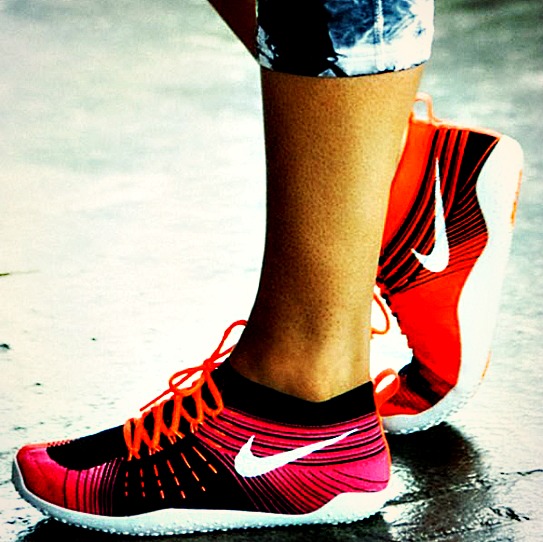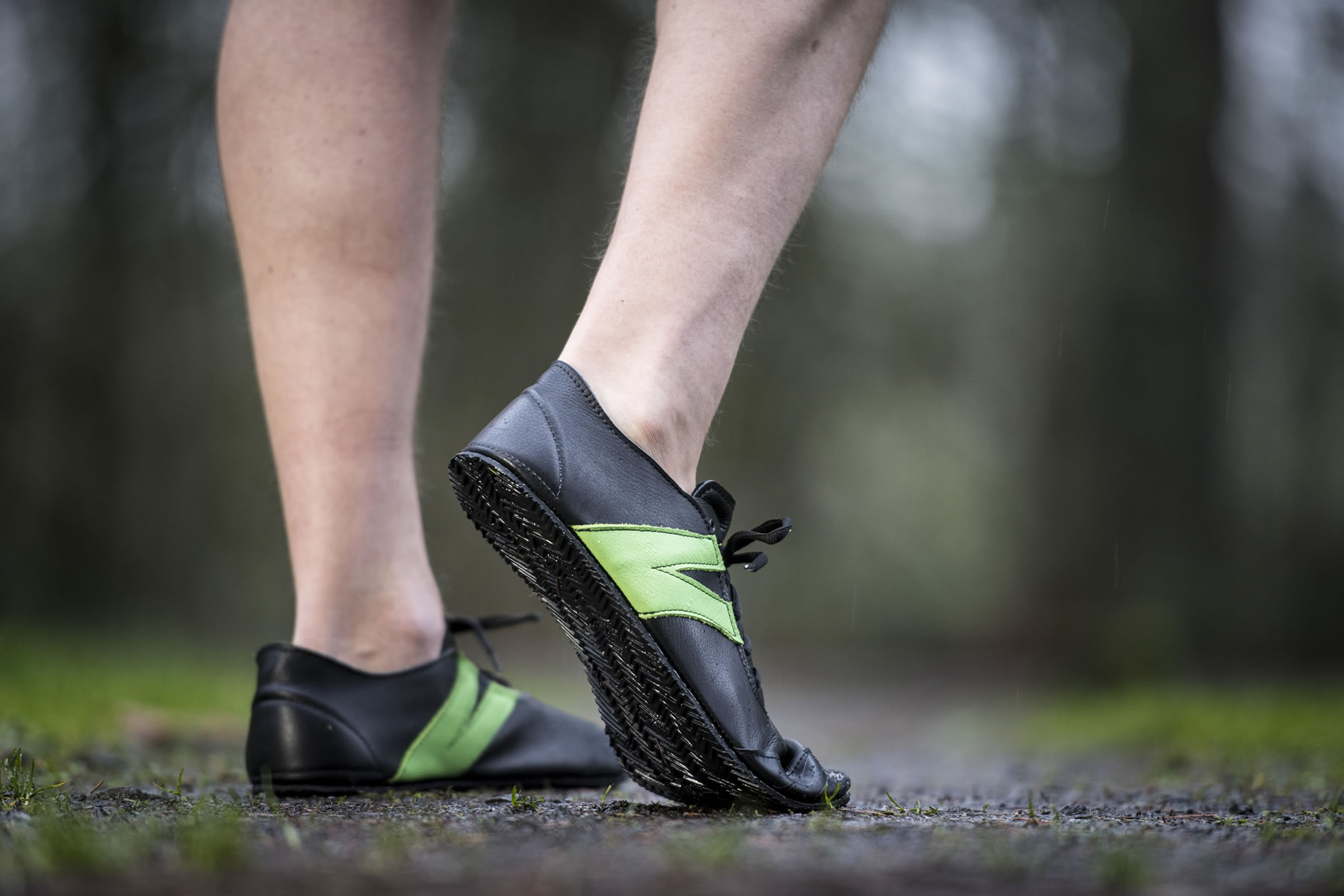In taking a hard look at the research on impact mechanics, cushioned running shoes actually appear to keep feeding injuries as per the consistently high injury rates among all kinds of runners.
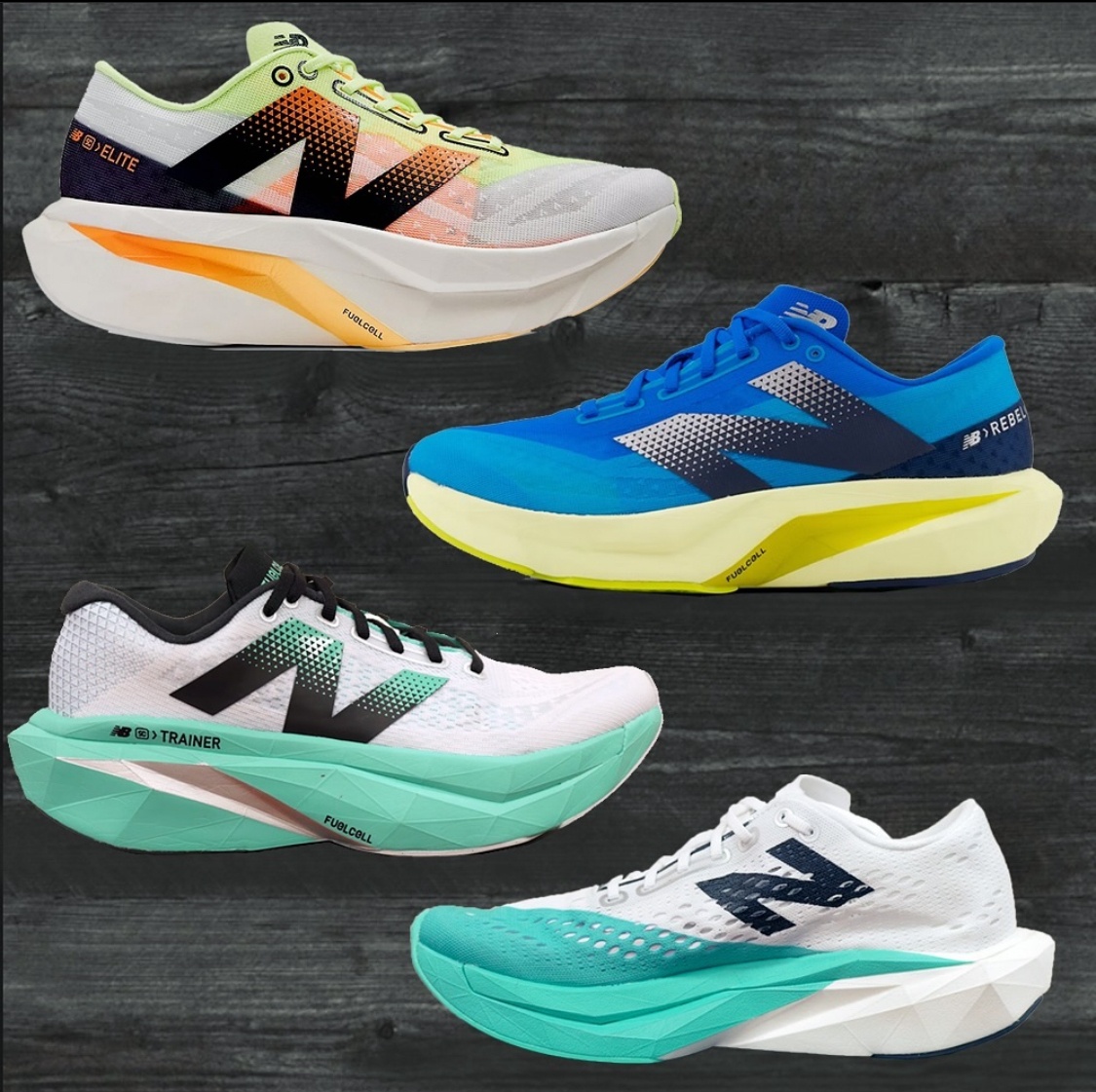
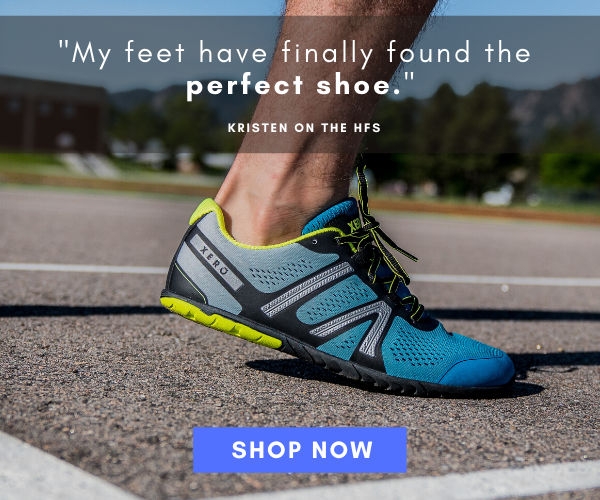
Although, there are multiple factors that cause running injuries, cushioned running shoes are proven to be a big contributor to most running-injuries on account of its been confirmed repeatedly that the thicker the underfoot cushioning of a running shoe, the harder a runner plows their foot onto the ground, generating a higher-than-normal downward force, while encouraging mechanics, like heel striking, over-striding, foot over-pronation, a lower step-rate and a longer ground-contact time duration, which are techniques that do not consistently boost performance, nor help with injury prevention (read more here on all that!)
From this, it’s easy to understand why running injuries should be expected in cushioned running shoes, especially in older runners. In order to get more positive results, doing more running in minimalist shoes provides immediate feedback that corrects a hard-hitting heel strike to a softer, safer, more responsive forefoot strike, while keeping your feet strong and tolerant of which you’ll always do better if your feet are strong.
Why Minimalist Shoes Are Better By ALL Measures for People of ALL Ages, Especially Elders!
Research (references below article) has shown that minimalist shoes can deliver more concrete results, making Minimalist running shoes clinically effective for all runners of all ages, especially older runners. This is because the lack of compressible underfoot materials in a minimalist shoe allows for a more stable landing, while strengthening the feet and ankles which greatly reduces the risk of falling.
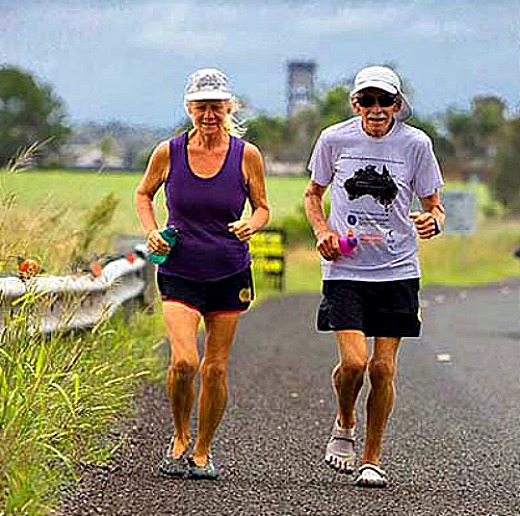
Many decades of research shows that running shoes with a low heel (completely flat) maximizes the feel of the ground, while leveraging a non-heel strike landing, which helps elderly runners detect changes in body positions, which is key to prevent falls, while providing sufficient amounts of impact protection by improving the movement trajectory of both leg swing and overall foot strike mechanics.
- Zero-drop (completely flat) minimalist running shoes were found to promote compensatory behaviours to prevent falls and should be worn by elderly individuals.
Foot Position Awareness Fades with Age, Cushioned Shoes Worsens the Problem
A landmark study in the journal Age and Aging revealed that age influenced foot position awareness the most when subjects were barefoot, but also when shod (shoes).
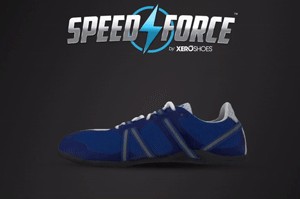
Research in recent years suggested that sensory and motor performance as well as behavioural responses declines with age. This is concerning since falls in elderly are a result of destabilizing surfaces. In other words, in addition to age, foot-surfaces also influences foot position awareness.
More Cushioning, Higher Heels = More Falls for Elderly Forefoot Runners
Thick heeled running shoes are an unpleasant support surface for any runner, especially elderly runners because the elevated heel impairs landing judgment in response to surface irregularities. Moreover, extra shoe cushioning causes ground-feel interference which impairs balance.
- In the same study mentioned above, reported falls in elderly individuals was due to ‘perceptual error’ in landing judgments, especially on uneven surfaces with cracks.
- Big, clunky running shoes increase the risk of tripping due to inadequate ‘toe-clearance’, causing the shoe to catch obstacles.
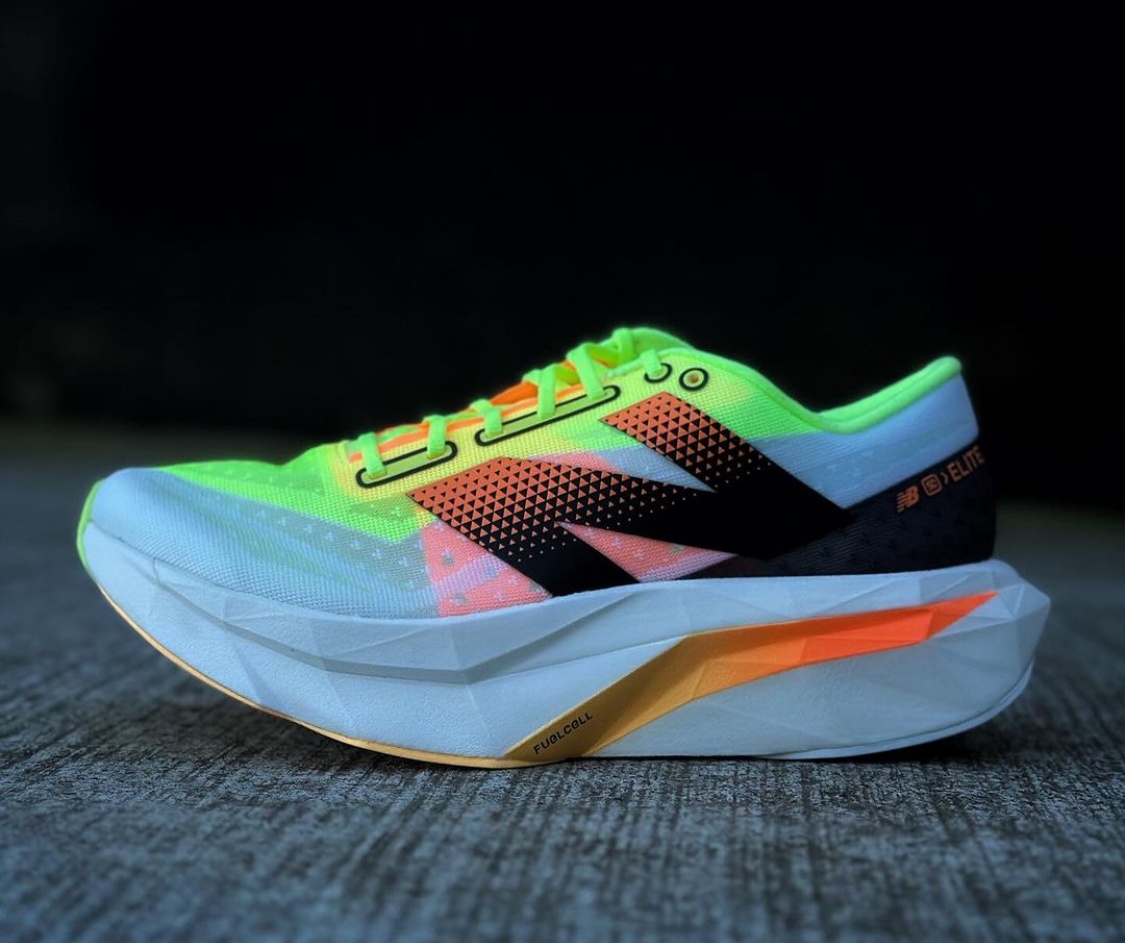
Inadequate toe clearance paired with perceptual errors of foot placement results in an underestimation of actual foot strike position. This is why an elderly runner or non-runner should select a minimalist shoe that mimics the barefoot condition because the ground-feel enrichment strengthens the positioning of your foot placement, making you more aware of how you are landing on your foot, but also, you will develop improved connections in the motor area of the brain that facilitates learning and muscles memory, so that more functional movement pattern become more hardwired in your muscle memory.
Importance of Ground-Feel for Stability
Because foot position awareness declines with age, elderly forefoot runners can’t afford to lose ground-feel sensibility.
In the same study, cushioned running shoes diminished foot position awareness in elderly subjects compared to the barefoot condition. This is because ground-feel sensibility was profoundly affected whereby cushioned running shoes impaired tactile cues needed for a more proficient landing.

All in all, main difference between conventional running shoes and barefoot-like running shoes is conventional running shoes gives you a weak bond with ground, whereas barefoot-like running shoes gives you the strongest bond with the ground whereby the more you can feel the ground, the better and faster your mechanics seems to line up than they would if you ran or walked in cushioned running shoes.
Need more convincing on the dangers of conventional running shoes? Read more here about why cushioned running shoes are certainly NOT what they are marketed to be!
If you’ve enjoyed my post, you’ll love my Youtube channel, here, where I show why forefoot running is better than heel strike running in every way!
If you’d like, you can support Run Forefoot and help keep it going by making a donation in any amount of your choosing:

Or, you can support Run Forefoot by shopping at the BEST Barefoot Shoe Brands, and be sure to bookmark these links 🙂
Saguaro: https://www.saguaro.com/?ref=9bVA8fEkmDvB-I
Vibram FiveFingers: https://www.anrdoezrs.net/click-7600968-11372648
Vivobarefoot: https://amzn.to/3vycQOY
Be Lenka: https://www.dpbolvw.net/click-7600968-14330828
Xero Shoes: https://xeroshoes.com/go/Run_Forefoot
Iguaneye: https://www.iguaneye.com/?ref=8tfXVc92
Soft Star Shoes: https://shrsl.com/3mp1b
Wilding Shoes: https://bit.ly/3lIygQP
References:
McClaren J., Robbins SE and Waked, E. Proprioception and stability: foot position awareness as a function of age and footwear. Age and Aging, 1995; 24.1, p.67.
Overstall PW. Prevention of falls in the elderly. J Am Geriatr Soc, 1980;28:481-4.
Skinner HB, Barrack RL, Cook SD. Age-related decline in proprioception. Clin Orthop Rel Res 1984;184:208-11.
Whipple RH, Wolfson LI, Amerman PM. The relationship between knee and ankle weakness to falls in nursing home residents: an isokinetic study. J Am Geriatr Soc 1987;35:13-21.
Woollacott MH, Shumway-Cook A, Nashner LM. Postural reflexes and aging. In: Mortimer JA, Pirozzolo FJ, Maletta GJ, eds. The aging motor system. New York: Praeger, 1982;98-119.
Bretta Riches
BSc Neurobiology; MSc Biomechanics candidate, ultra minimalist runner & founder of RunForefoot. I was a heel striker, always injured. I was inspired by the great Tirunesh Dibaba to try forefoot running. Now, I'm injury free. This is why I launched Run Forefoot, to advocate the health & performance benefits of forefoot running and to raise awareness on the dangers of heel striking, because the world needs to know.
Latest posts by Bretta Riches (see all)
- Forefoot Running and Achilles Pain - 19/04/2024
- Does Foot Strike Really Matter in Running? YES! - 17/04/2024
- Heel Lifts Increase Injury in Runners - 16/04/2024

